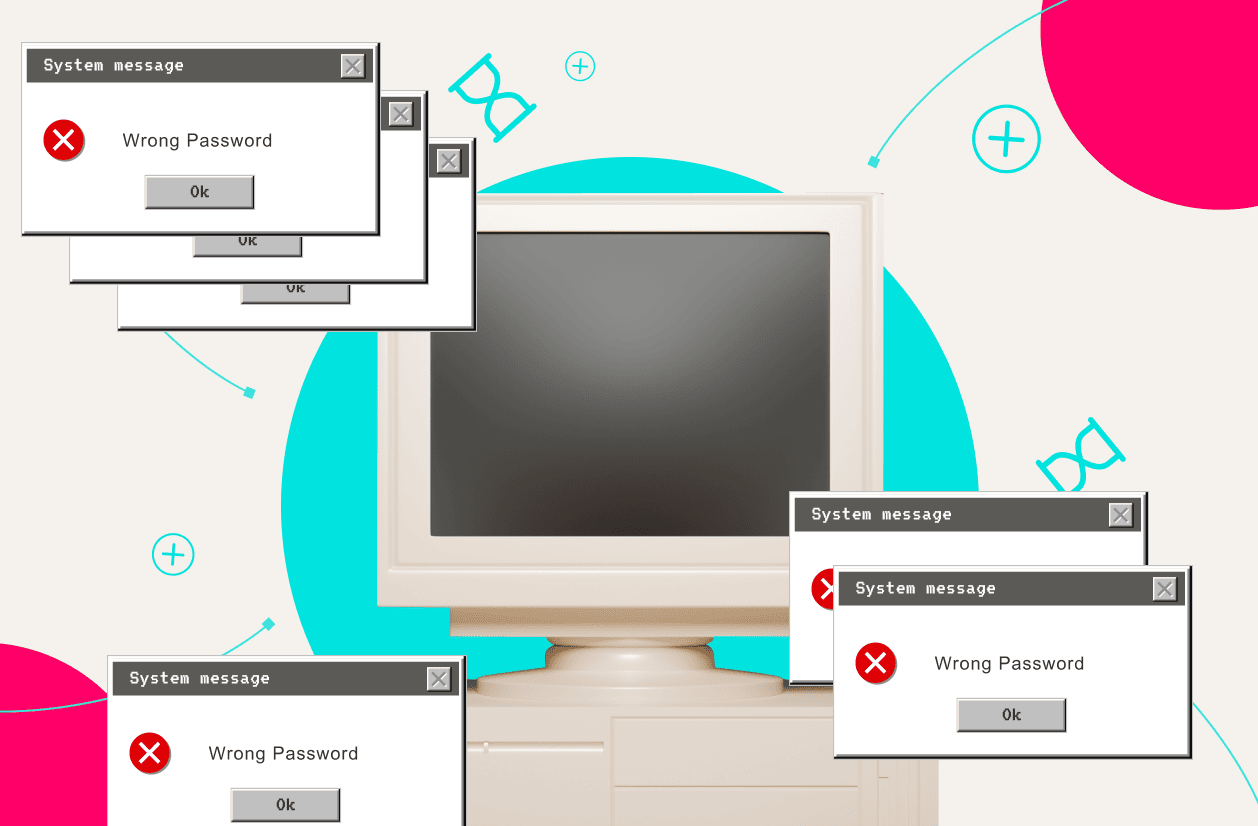
The SSO provider (Okta) parses the request to authenticate the user’s credentials. The application generates a SAML request. The user logs into a web application, such as a CRM, from a browser. The user’s browser plays a central role in this exchange of information. SAML 2.0 is an XML-based framework that manages this data transfer. User credentials need to be securely stored and transferred between an IdP and a service. Provides a single point of authentication (only sent to IdP directly).ĭoes not require user credentials to by synchronized between directories. SAML solves a few key problems for an IdP: This is an open standard, which means it’s publicly available and maintained collaboratively by developers around the world. Security Assertion Markup Language (SAML 2.0) is an authentication framework for exchanging identity information between online partners.

Identity management is great but now we need a way to get login data from point A to point B. Single sign-on solutions (also known as identity providers, or IdPs) build a relationship of trust with service providers (SPs) – that is you, or other web-based applications – by keeping the integrity of messages between a service and an identity provider secure using certificates and public key cryptography.Īuthentication and authorization protocols If you think about it, SSO isn’t a stand-alone protocol that you insert into your login process as much as it is an independent service with its own database and infrastructure that you integrated with. With a single SSO login point, you gain secure access to all the subscriptions and applications which have been configured. SSO implementation can be as easy as signing up for a service. Instead of remembering passwords to all your accounts, you can link those accounts to an SSO provider. Single sign-on is a method of user authentication, and works by sharing and validating login credentials between service providers.
TRANSMIT SECURITY VS OKTA PASSWORD
With one complex password, users can log into multiple services from a single platform, eliminating password fatigue the creation of multiple passwords that need to be securely stored or remembered. It’s a great choice for companies because centralizing authentication processes not only increases security but makes it easier to monitor and maintain.


SSO is an authentication scheme that enables users to log into multiple applications using a single set of login credentials.


 0 kommentar(er)
0 kommentar(er)
